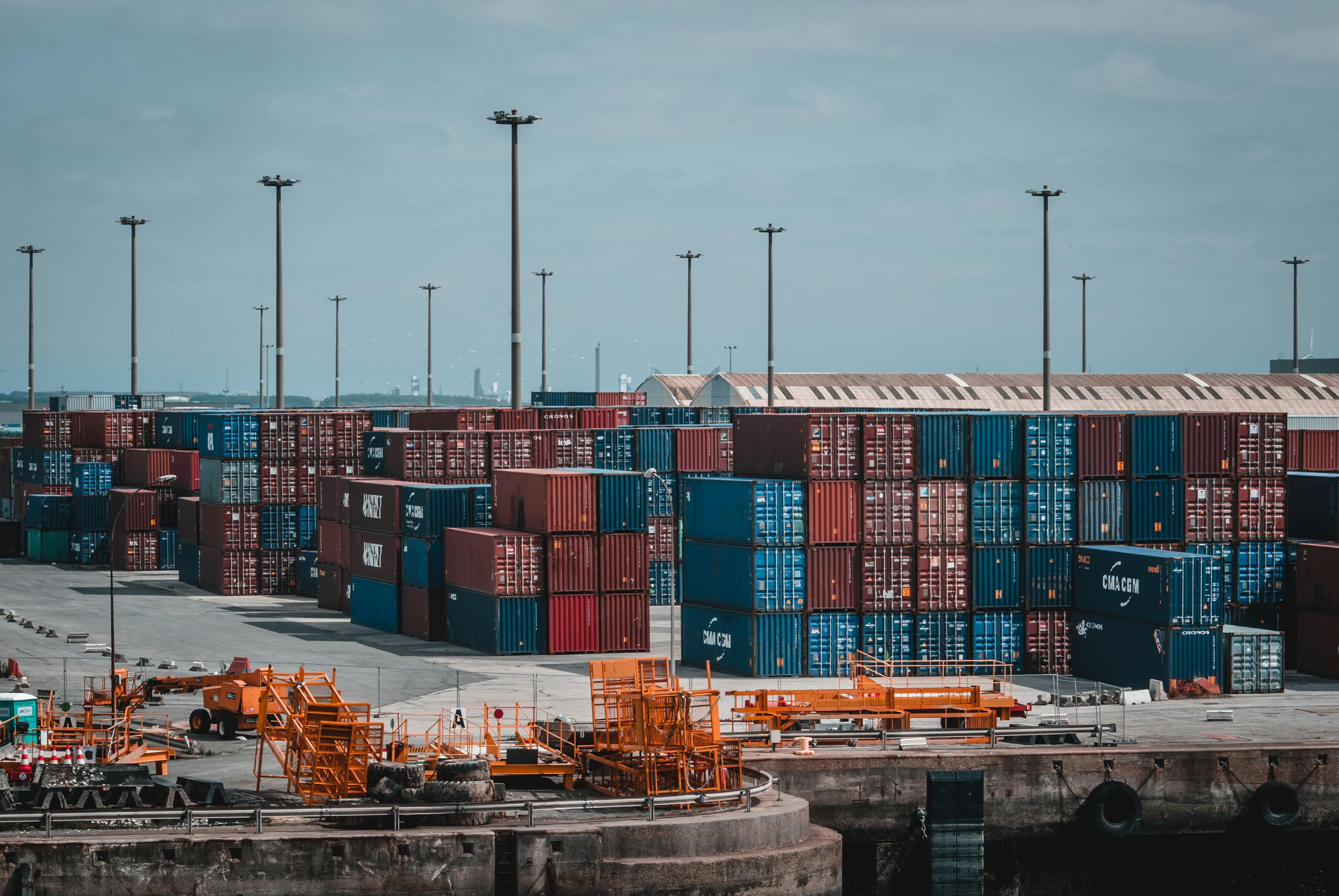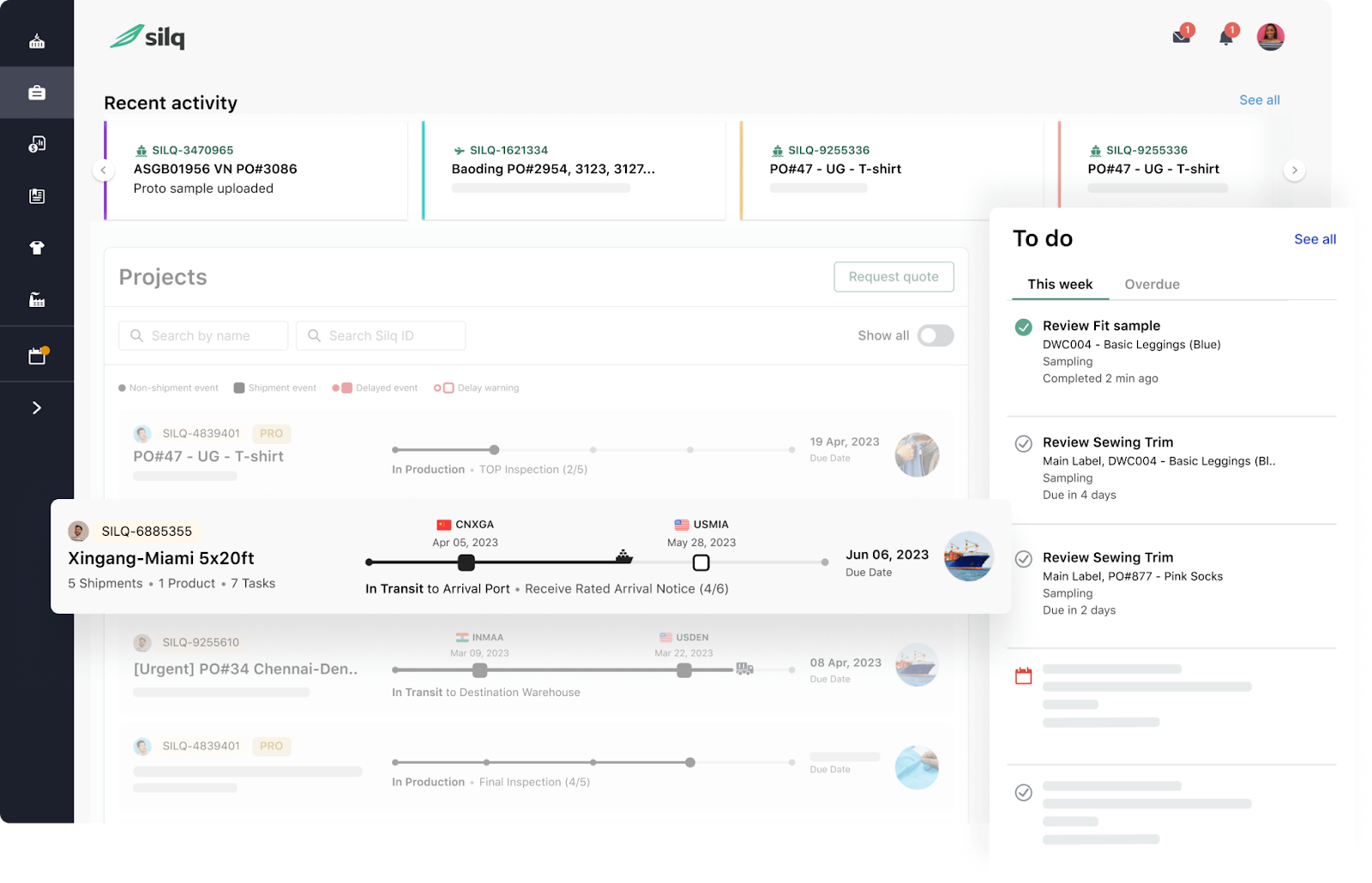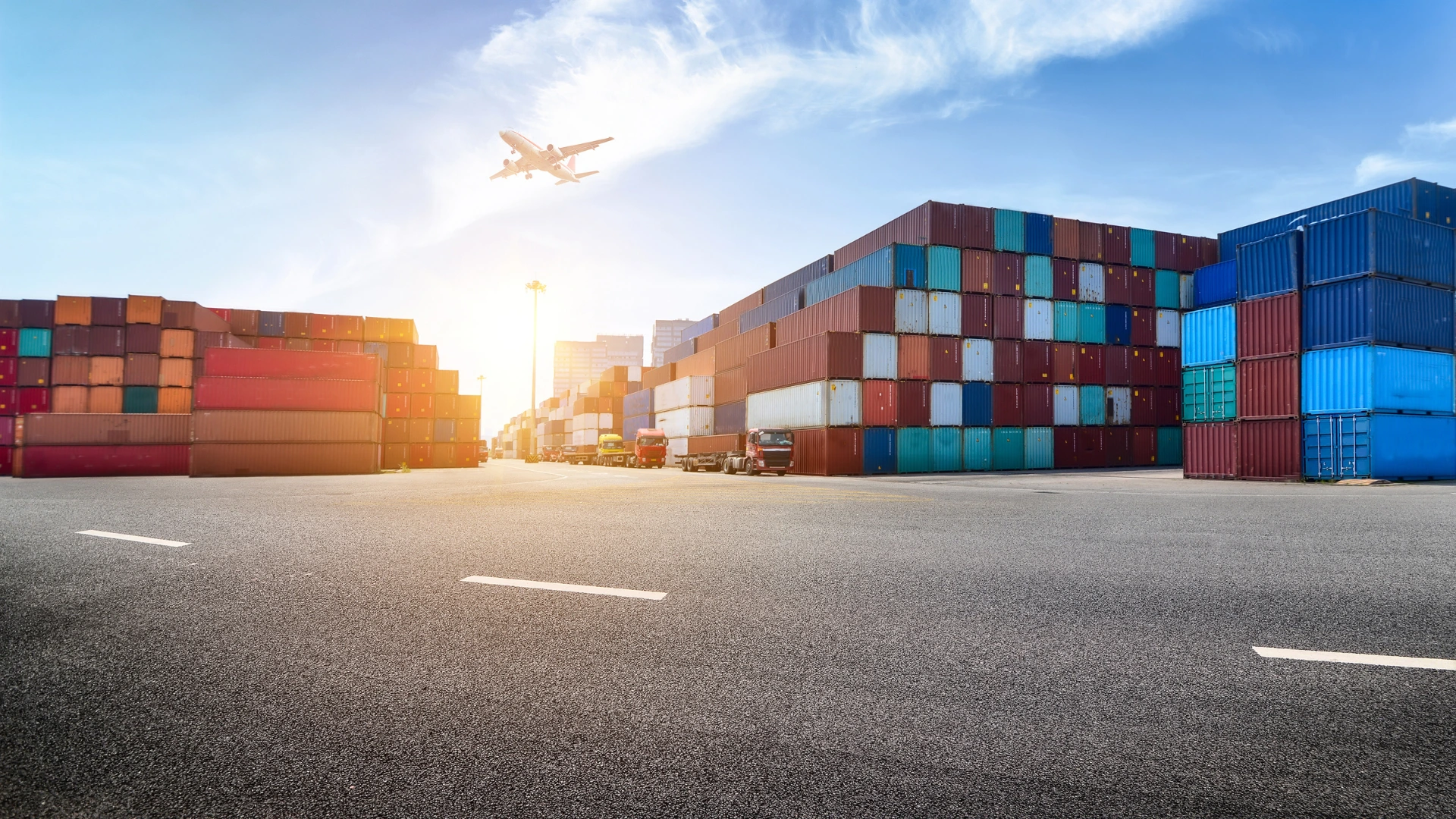7 Next-Gen Supply Chain Trends to Watch For in 2026

During the pandemic, supply chain disruptions forced companies like Kellogg’s, Nike, and HP to adapt rapidly.
Kellogg’s, for instance, shifted from bulk supply to schools and restaurants to meet a surge in demand for at-home breakfasts. This rapid pivot and constraints, such as a shortage of paperboard packaging for cereal boxes, tested the company’s resilience. Despite these challenges, Kellogg’s achieved a 7% increase in sales during the first nine months of 2020.
Looking ahead to 2025, global trade uncertainties and sustainability pressures are driving supply chain transformation. Advanced analytics, AI, and machine learning will be essential in making smarter decisions. Whether optimizing costs or managing risks, 2025 will demand a new level of strategic thinking to navigate challenges and fuel success.
Let's dive into the major trends that will shape the global supply chain industry in 2026.
1. Nearshoring to Become the New Supply Chain Edge
By 2025, nearshoring will be pivotal in reshaping supply chains and reducing last-mile delivery costs. Businesses will use nearshoring for regional needs and global production for others, ensuring flexibility and cost control.
Moving production closer to key markets can improve responsiveness, reduce transportation costs, and mitigate the risks associated with global disruptions and geopolitical tensions. American companies have already reshored 350,000 jobs in 2022, up from 260,000 in 2021. Transportation executives predict that 20% of Asia freight will shift to nearby markets by 2025 and 40% by 2030.
Statistics show that last-mile delivery held the highest share of supply costs in 2018. Nearshoring could reduce these costs, enabling businesses to improve their profits by balancing cost efficiency, speed, and resilience.
2. Tech To See It All & Solve It All
In an era of global uncertainty, supply chain resilience hinges on actionable insights and transparency. Platforms like Silq offer real-time tracking, accurate freight rate comparisons, and proactive alerts, helping anticipate issues, reduce risks, and ensure responsiveness to market demands.

With real-time visibility, you can easily track shipments, access instant rate updates, and watch live factory inspections. The platform reduces delays and ensures faster deliveries by streamlining communication between suppliers, logistics partners, and internal teams.
3. Integrated Shipping – The Shift to Smarter Pricing
The shift to dimensional weight (DIM) pricing, where shipping costs are based on package size and weight, is driving businesses to adopt more efficient packaging solutions. Smaller, lighter materials reduce both shipping costs and environmental impact. However, adapting to these changes requires more than new packaging strategies—it calls for smarter shipping solutions.
Platforms like Silq provide real-time freight rate comparisons and visibility into trade lanes, helping optimize shipments without guesswork. Through our freight consolidation and Shared Container Load (SCL) solutions, you can consolidate shipments, maximize freight space, and strategically plan routes, cutting costs and carbon footprint.
4. On-Demand Warehousing – Flexibility Meeting Speed
On-demand warehousing is reshaping how businesses manage storage by allowing companies to rent warehouse space as needed. This flexible model enables rapid scaling, making it ideal for handling seasonal spikes in demand and the explosive growth of e-commerce.
As warehousing becomes more digitized, robust security is critical. A mix of physical security measures and advanced cybersecurity protocols is necessary to safeguard sensitive data and infrastructure. Companies are strategically placing warehouses closer to urban centers to meet the growing need for fast deliveries. This also cuts transportation costs, contributing to more sustainable last-mile logistics.
5. Green is the New Gold – Sustainability to Shape Supply Chains
Sustainability has evolved from a compliance obligation to a central business strategy. With increased pressure from customers, regulators, and investors, businesses are prioritizing sustainable sourcing, carbon footprint reduction, and responsible management of Scope 3 emissions.
In 2025, companies that successfully embed ESG (Environmental, Social, Governance) principles into their supply chains will unlock new opportunities for investment and partnerships.
Sustainability will no longer be an afterthought—it will drive decision-making across sourcing, production, and packaging. Adopting renewable energy, using recycled materials, and focusing on reducing environmental impact will be the hallmarks of forward-thinking companies.
6. Smarter Ports, Faster Routes
New ocean carrier alliances now control 60% of the global container market, bringing significant potential for market disruptions, similar to past alliance changes. For instance, the Gemini Cooperation plans to reduce port callings between Asia and North Europe by half. This strategy aims to shorten transit times by several days but may exclude smaller ports entirely from the route.
These changes will alter ocean freight schedules and shift how freight flows inland. The trans-Atlantic trade will see similar transformations, with the Ocean and Premier Alliances joining forces to cut capacity between North America and Europe. Additionally, automation is redefining port operations. These systems, from automated cranes to autonomous container vehicles, enhance efficiency by reducing human error and enabling faster turnarounds. This increased productivity translates into substantial cost savings for shipping lines and terminal operators.
Automated systems run 24/7 without breaks, ensuring a steady flow of goods. This reliability is especially valuable for congested ports, as automation helps optimize space and resources while minimizing delays.
7. Geopolitics and Tariffs at the Helm
Geopolitical events are reshaping global supply chain trends. The ongoing Ukraine war has closed regional airspace, forcing carriers to reroute over the Middle East. Escalating tensions in the Palestine-Israel conflict and political shifts in Syria may necessitate further route changes. Diversions from the Red Sea and Suez Canal, initiated in October 2023, continue to reduce space capacity, disrupt schedules, and worsen global port congestion.
Trade policies are also in flux, with new tariffs like the EU's 35.5% levy on Chinese electric vehicles and potential shifts under the US President-elect Donald Trump signaling broader trade adjustments.
Following leadership changes from recent elections, many nations are likely to implement additional trade policy revisions. These dynamics drive behaviors such as front-loading, with shippers stockpiling goods ahead of potential strikes, tariffs, and the Lunar New Year.
While historically, ocean freight has been preferred, priority shipments are increasingly shifting to air transport. This growing reliance on front-loading highlights evolving freight patterns that will influence supply chains into 2025. Below is a listicle of the imports from China that might be hit the hardest under the new US tariff regime.
Future-Proof Your Supply Chains With Silq
In 2025, global supply chains will be more interconnected, resilient, and technology-driven, leveraging AI, blockchain, and automation to optimize efficiency and reduce risks. Companies will prioritize sustainability and agility to navigate disruptions and meet consumer demands faster.
Amid these advancements, Silq emerges as a game-changer in supply chain management, providing precision and transparency at every stage. Powered by proprietary data from the factory and a global QA network, Silq ensures compliance, quality, and efficiency in your shipping.
Our platform offers real-time updates, making your shipments more predictable. Trusted by industry leaders, Silq delivers peace of mind, helping businesses meet milestones and exceed quality standards. Simplify your supply chain with Silq – where excellence meets efficiency!
Key trends include digital freight forwarding, supply chain visibility, AI-driven analytics, and sustainable logistics solutions.
Digital platforms like Silq optimize freight management through best-in-class predictability, and centralized communications, and real-time visbility.
Companies are focusing on reducing carbon footprints through green logistics, optimized routing, and lower-emission transportation methods.
Diversifying suppliers, leveraging real-time data, and using freight technology platforms like Silq help businesses adapt to supply chain disruptions.
End-to-end tracking and predictive analytics enable proactive decision-making, reducing delays and costs while improving efficiency.
Ready for Supply Chain Predictability?
Importers using Silq ship smarter, safer, and with total control.






.jpg)
